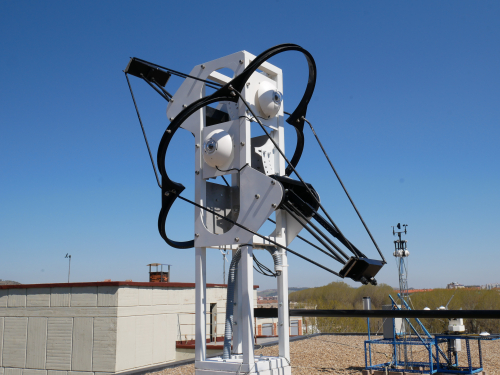SCALEM’s computational model manipulates detailed life cycle inventories (LCI) with technology information for thousands of market processes. It represents the LCI as a network and implements a graph search algorithm, applying the emergy algebra rules at each node. This reduces calculation time and uncertainty and increases transparency as compared to any other existing solution that perform similar calculations.
Background:
Today, life-cycle assessment (LCA) to evaluate impacts on natural resources is done following a scarcity approach: the more a resource is scarce, the more it is important to preserve it and thus the higher the environmental impact associated to its use. This approach cannot consider the amount of energy invested by nature to produce a given resource, which is called emergy. Accounting for this latter would require an approach that is donor based.
SCALEM is the only existing software solution worldwide implementing a computational model able, in a transparent and rule-compliant way, to account for the emergy associated with any market commodity.
Benefits:
SCALEM is the only standalone software capable of providing more accurate life-cycle impact assessment using emergy metrics, based on life-cycle inventories built with one of the most widely used life-cycle inventory databases: ecoinvent.
Applications:
Emergy metrics calculated using SCALEM are particularly relevant when applied in domains with a high use of natural resources and imported goods and services: agri-food sector, urban systems, forestry, energy, etc.
In particular, SCALEM and the emergy metrics calculated with it can be relevant for natural capital accounting like in the system for economic-environmental accounting (SEEA) of Europe and the KIP INCA model and its integrated system of ecosystem accounts for the EU.
Opportunity:
We are looking for partners that are ready to integrate emergy calculation metrics in their existing LCA solutions, whether they are standalone applications or web-based platforms.
Desired business relationship
Technology development
Licensing



